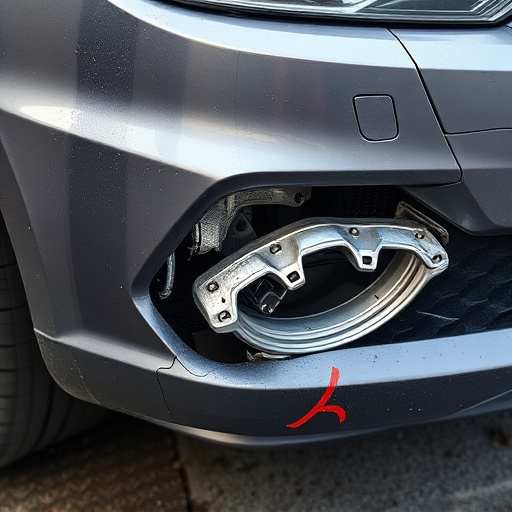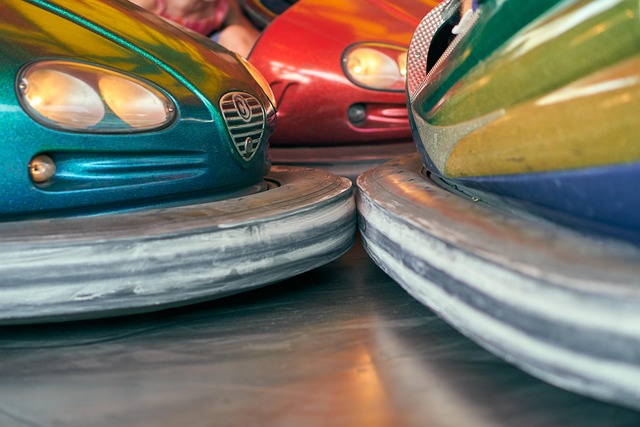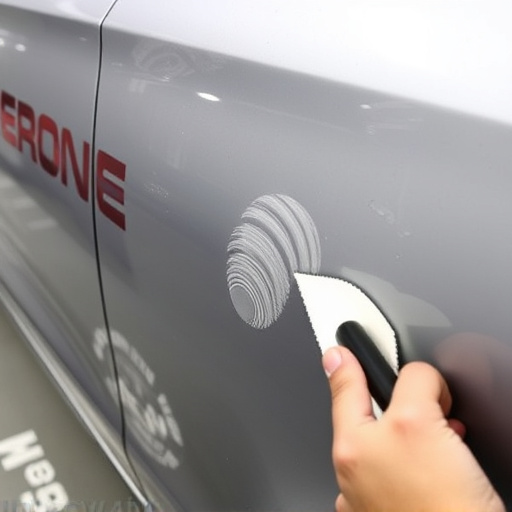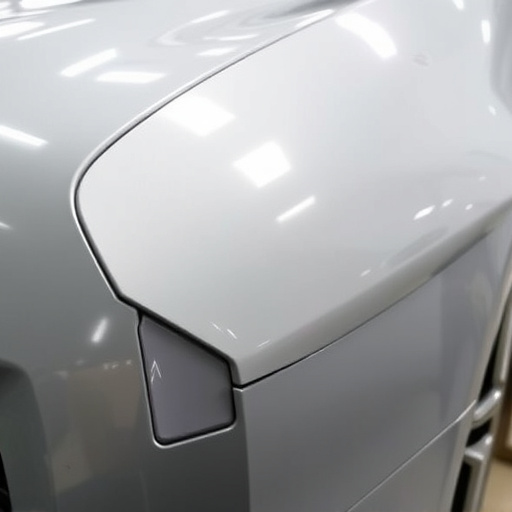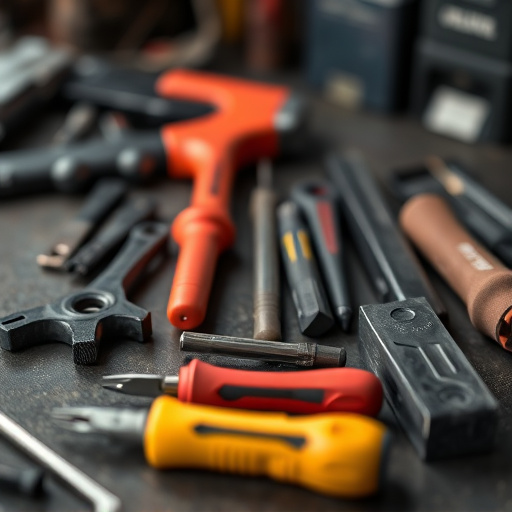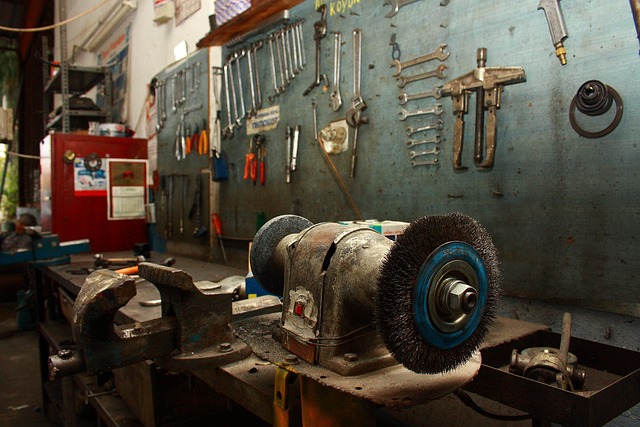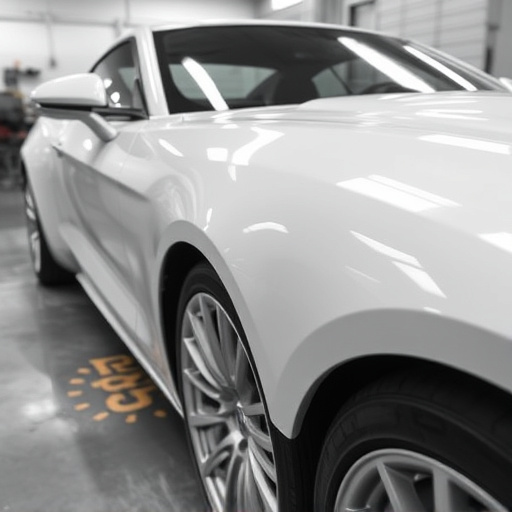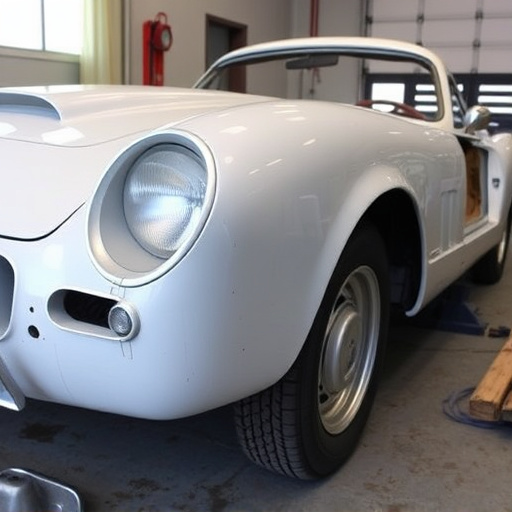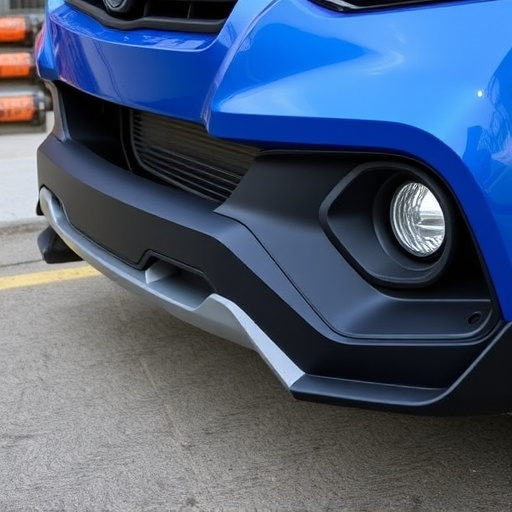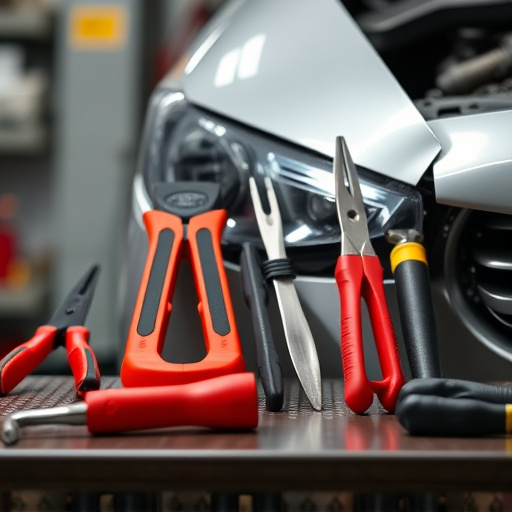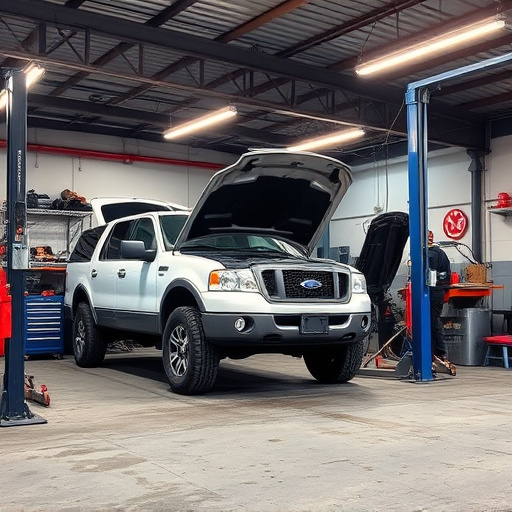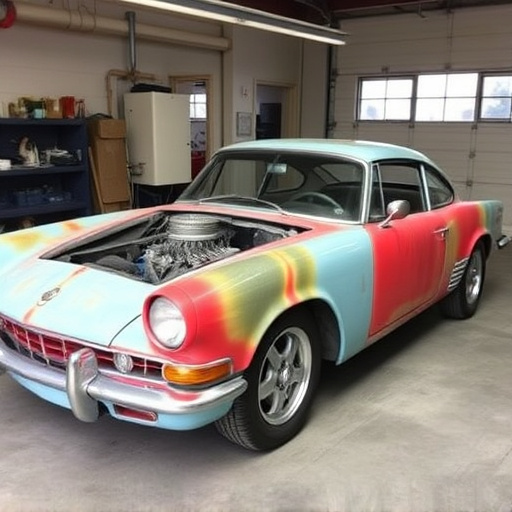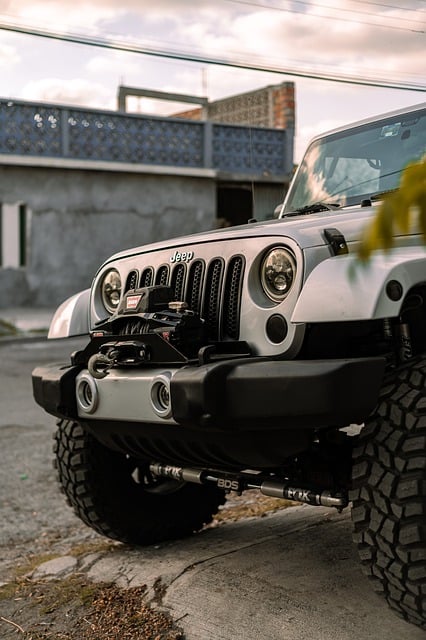Specialty collision hardware enables precise and efficient vehicle bodywork repairs, from dent removal to panel replacement. Choosing the right tools based on repair complexity ensures high-quality results and faster turnaround times. Prioritize safety with PPE and a clean workspace, carefully prepare the car body, and secure the hardware for stable attachments.
“Unleash your creativity with a comprehensive guide to mastering specialty collision hardware. This step-by-step tutorial is designed for DIY enthusiasts and professionals alike, offering a deep dive into the world of specialized fastening solutions. From understanding the diverse range of specialty collision hardware to selecting the perfect tools, we’ll navigate you through each phase.
Learn the art of installation while prioritizing safety, ensuring your projects turn out flawlessly. Discover expert tips and tricks to become adept at utilizing these innovative hardware solutions.”
- Understanding Specialty Collision Hardware: Essential Basics
- Selecting the Right Tools for Your Project
- Installation and Safety Precautions: A Step-by-Step Approach
Understanding Specialty Collision Hardware: Essential Basics

Specialty collision hardware refers to a range of specialized tools and equipment designed for specific tasks in vehicle bodywork and collision repair. These tools are tailored to address unique challenges, ensuring precision and efficiency during the restoration process. Understanding the basics of specialty collision hardware is crucial for car repair shop professionals to deliver top-quality services.
By utilizing these specialized products, technicians can perform intricate repairs, such as panel replacement, dent removal, and paint correction, with enhanced accuracy. This level of expertise not only speeds up the overall collision repair process but also results in more aesthetically pleasing vehicle bodywork. Whether it’s a minor scratch or significant damage, the right specialty hardware ensures that every car repair shop is equipped to handle various issues, enhancing customer satisfaction.
Selecting the Right Tools for Your Project

When tackling a car body restoration or vehicle restoration project, choosing the correct tools is paramount to achieving professional results with specialty collision hardware. The first step involves assessing the scope of your work and understanding the specific needs of your project. Consider whether you’re engaging in simple repairs, such as fixing dents or replacing panels, or if your task involves intricate car body restoration. This determination will guide your selection.
For instance, a range of tools like hammering equipment, putty knives, and sanders might be sufficient for minor body shop services. Conversely, more complex projects may demand specialized tools tailored to specialty collision hardware, such as precision cutting instruments, welding gear, or advanced paint matching technology. Prioritizing safety is also key; ensure you have the right personal protective equipment (PPE) to shield against hazards associated with your chosen tools and materials.
Installation and Safety Precautions: A Step-by-Step Approach
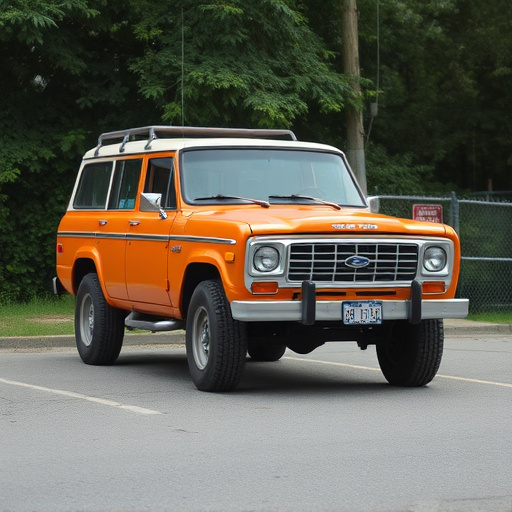
Before beginning any repair work, ensuring safety is paramount when using specialty collision hardware. Start by putting on appropriate personal protective equipment (PPE), including gloves, safety glasses, and a respirator to avoid inhaling harmful chemicals. Create a clean, well-lit workspace, clearing any obstructions or loose items that could cause tripping hazards.
Follow the manufacturer’s instructions for setting up your work area, ensuring proper ventilation. When installing the specialty hardware, follow these steps: begin by examining the car damage repair site to identify the best placement for the hardware. Mark the positions clearly using a pencil. Remove any debris or remnants from the car body and ensure the surface is clean. Proceed with securing the hardware in place using the provided tools, ensuring a tight fit. Double-check each attachment point, confirming stability before proceeding to the next step.
Specialty collision hardware is a game-changer for those seeking precise and secure mounting solutions. By understanding the basics, selecting the right tools, and adhering to safety precautions, you can master any installation project. This step-by-step guide equips you with the knowledge to navigate this intricate landscape, ensuring successful outcomes every time. Embrace the power of specialty collision hardware and unlock a world of possibilities for your next project.
